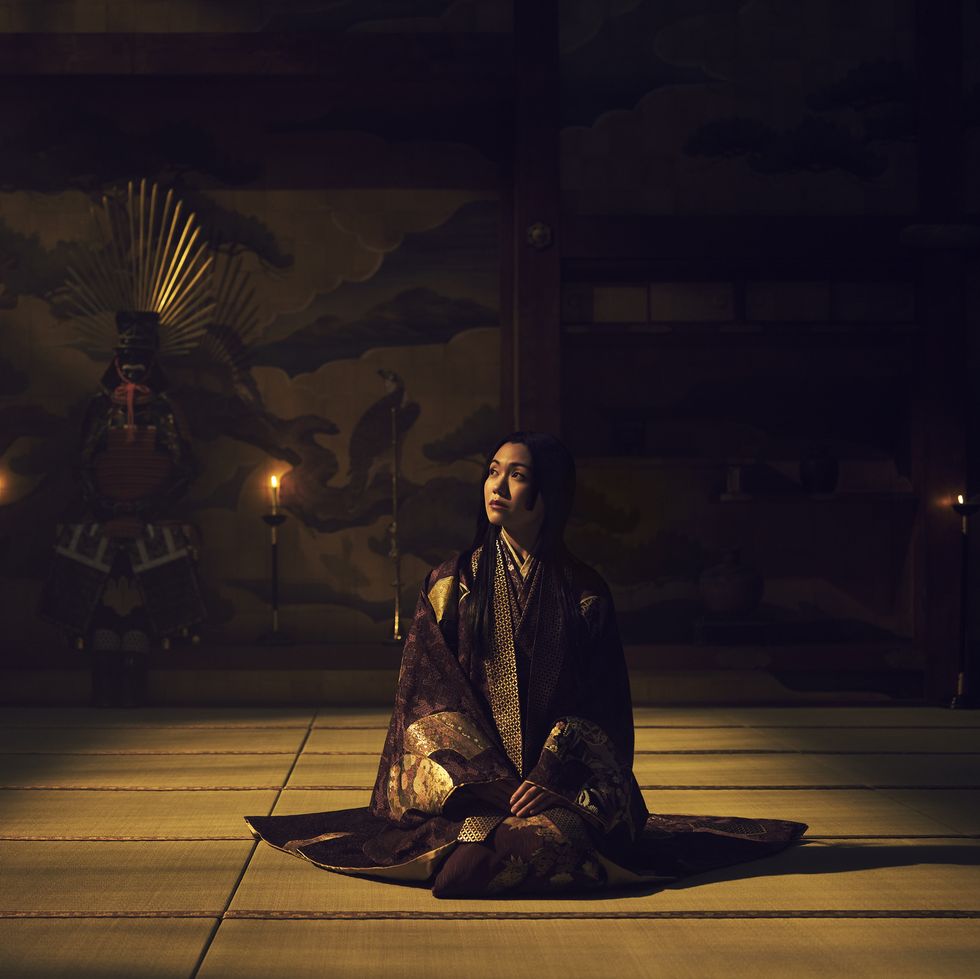Spoilers below.
In the sixth episode of “Ladies of the Willow World,” we delve deeper into the portrayal of women in this narrative and their adeptness at wielding power. The central figure among them is Lady Ochiba-no-kata, renowned for her influence and high status as a consort of the late Taikō and the mother of his only successor, Yaechiyo. Initially depicted visiting her pregnant sister in Toranaga’s hometown of Edo, upon her return to Osaka, she emerges prepared for conflict. Skillfully portrayed by Fumi Nikaido (Eye Love You, Himizu), she exerts control over the regents, asserting her dominance with the declaration, “This council answers to me now,” as seen in the previous episode.
Lady Ochiba’s manipulative nature was not inherent; in her youth, she shared a close bond with Mariko, engaging in playful escapades within the palace precincts and eavesdropping on their fathers’ discussions. Formerly known as Ruri, she even observed Mariko’s martial training with the naginata in the courtyard. Their paths diverged when Mariko was married off to Buntaro, marking a significant turning point in their relationship. Despite enduring hardships, both women have evolved with a heightened sense of purpose.
Lady Ochiba’s character draws inspiration from the historical figure Yodo-no-kata.
Yodo-no-kata, also known as Yodo-dono or Yodogimi, was originally Azai Chacha, a princess during the Sengoku period, as detailed in Shōgun’s official viewers guide. She was the daughter of the warlord Azai Nagamasa and Oichi-no-kata, the younger sister of Oda Nobunaga, a prominent figure in Japan’s unification.
Following her father’s ritual suicide after defeat in battle against Nobunaga, Chacha, along with her sisters and mother, resided with Nobunaga until his assassination by Akechi Mitsuhide at Honnōji Temple in 1582. In Shōgun, Nobunaga is depicted as Kuroda, slain by Akechi Jinsai, Mariko’s father, adding layers to the intricate web of relationships. Ochiba harbors suspicions towards Mariko’s lord, Toranaga, accusing him of complicity in the murder, intensifying the tensions within the narrative.
In historical accounts, following Nobunaga’s demise, Chacha became Toyotomi Hideyoshi’s concubine in 1588, akin to Ochiba’s relationship with the Taikō in the series. Renamed Yodo-no-kata, she bore two sons with Hideyoshi, with the second, Hideyori, designated as his heir. Upon Hideyoshi’s passing, Yodo wielded significant political influence as Hideyori’s guardian, mirroring the power dynamics portrayed in Shōgun.
Lady Yodo’s interactions with Tokugawa Ieyasu, paralleling Toranaga’s counterpart, underscored her resistance to his ascension, particularly after his appointment by the emperor in 1603. Despite their initial conflicts, familial ties were established through the marriage of Hideyori to Tokugawa’s granddaughter, fostering a fragile unity. However, escalating tensions culminated in a tragic confrontation at Osaka Castle in 1615, resulting in Yodo and Hideyori’s tragic demise through seppuku, marking the end of the Toyotomi lineage.
The poignant narrative is vividly captured in a poignant print by Japanese artist Tsukioka Yoshitoshi, depicting Yodo’s final moments at Osaka Castle, immortalizing her legacy amidst the turbulent currents of history.
